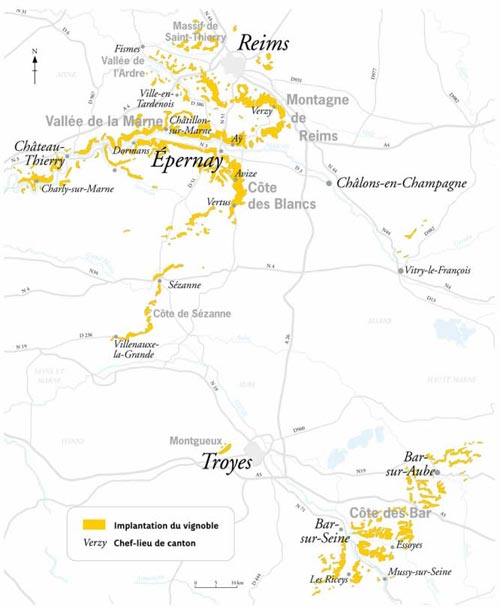
Cuvée Réserve
This rare and now very sought-after champagne was inherited from our ancestors. We make our traditional Cuvées from a single grape variety to preserve the uniqueness and character of each of our wines and terroirs.
- 100% Chardonnay : a wine with delicate aromas, with floral, citrus and even mineral notes
- Geographical location of the vineyard : Marne Valley – Côte des blancs .
- Blend of 2 years
- Maturation on lees for approximately 3/4 years
- Dosage approximately 9g / l
- No malolactic fermentation
- Alcohol by volume : approximately 12%
- Containers : Bottle (75cl) and Magnum (150cl)
Keep your bottles lying flat in a dark place.
Our bottles are aged in the cellar and ready to drink.
Serve chilled between 7°C and 9°C

This fresh, mineral cuvée combines purity and refinement, making it ideal for iodine-rich dishes.

Vineyard and wine-making process :
Harvest : 100% manual
Production : approximately 300,000 bottles
Vine density : approximately 8,000 vines / ha
Yield : between 10,000 kg / ha and 13,000 kg / ha depending on quotas
Wine-growing characteristic : supervised control
Presses : 2 Bucher 4,000kg (pneumatic presses)
Wine-making process : in thermo-regulated stainless steel tanks, chaptalization, natural yeasts
Fermentation time : approximately 30 days
Fermentation temperature : 20/22°C
No malolactic fermentation
Filtered wine
Learn more…
Cuvée Réserve tasting notes :
To the eye
The champagne has a pale yellow golden colour with a yellow-green hue, with light and deep lemon-yellow glints. It is filled with very fine bubbles that form a delicate bead.
To the nose
The first nose is pure, with hints of limestone, cream, iodine and lemon curd. When aired, it develops notes of lemon zest, almond, fresh hazelnut, white pepper, flint, tarragon, with hints of peppermint and ginger.
On the palate
The first impression is supple and fresh with a smooth, velvety effervescence. The wine develops on the palate with a burst of dried nuts (peanut, peeled almond, fresh hazelnut) and candied citrus fruits (lemon zest, yellow grapefruit), underpinned by a well-integrated lemony acidic structure. The slender finish is marked by an intense iodine aftertaste, with salinity and good, very airy plant bitterness.
Our suggestions for pairings :
- Aperitif with goat cheese with ash and finely chopped mint
- Oysters à la plancha
- Scallop carpaccio and candied ginger mirepoix
- Scallops au gratin
- Salmon Tartar with dill
- Steamed halibut fillet, lemon zest confit with saffron
- Sole with fennel sauce, lemon mint reduction
- Poached sea bass with lemon Jerusalem artichoke purée
- Spinach sprouts and grilled goat cheese
- Chaource soft cheese and fleur de sel
